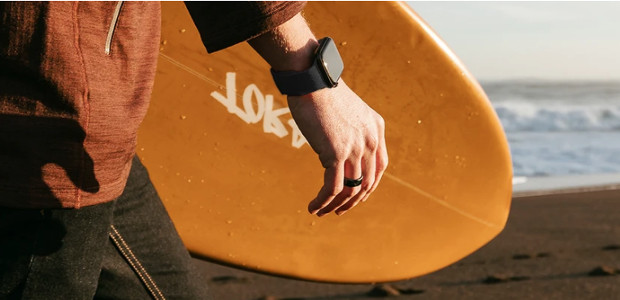Written & compiled by:
Nathan Moore:  BSc (Hons) Sports Science, P.G.C.E
BSc (Hons) Sports Science, P.G.C.E
Founder of NM Sports Performance,
Video analyst and Coach for NM Sports Performance
www.nmsportsperformance.co.uk Click Here
BLOG 12 COACHES CORNER: The ups and downs of line-out success
Set-pieces’ are widely known as being vital for gaining momentum in attack or (if challenging in defence) it means ruining attacking options for opposition teams. As the distance between the two back lines is over 20m from a line-out it shows this set-piece is one of the most crucial elements within the game to win. In the past players just had to jump and trust that the tallest and ganglier player in their team would catch the ball and form a maul. In present days players are now allowed to lift and at the top echelons of rugby have moved away from the traditional 2, 4 and 6 jumpers and usually have 5 players in the line-out who can lift or jump, making it harder to read by the defence.
To say that Line-outs are important to game success is evident by watching Ulster in the European Cup this afternoon. When the line-out was functioning Ulster were on top of the game and looked so likely to provide yet another excellent win but in the second half, pressure was put on the jumper by the Northampton forwards and what was good clean line-out ball started to become tapped or knocked on and Northampton came back to win the game as Ulster couldn’t get their patterns flowing.
So what makes it easier to disrupt or to win line-out ball? Well it is a combination of three things, the timing of the jump, the spring of the jumper and most importantly the speed of both the jumper and lifters across the ground. If you put all these together then it becomes a lot harder to read the attacking line-out play and therefore harder to contest.
For this article we will look at the jumper and how to make them more efficient and in the future articles we can then look at the lifter and putting it all together.
Therefore what makes a player an efficient jumper? To start of it has to be the spring of the player, a player who does not have a good spring becomes very difficult to lift as the lifting player will have to sink lower than usually to try to get full extension. The way the counter-movement is done before the jump is also very crucial. A counter movement means the downward phase of a vertical jump, it is what builds the power of the jump as the player drops his hips and then explodes upwards like the way it is shown in figure 1.

http://www.cepcometti.com/english/images/d%C3%A9tente%20cmj%20ho.JPG
Some players when they jump start with a split foot placement and have to do a small pre-jump (bunny hop) to go into the counter-movement and finally the exploding spring. This sounds ok, but when playing against a more wily opposition jumper, the smallest “trigger” signalling when you are going to jump can mean the difference of winning clean ball or possibly losing it. The better way for a jumper to get up in front of the opposition from a standing start would be to start in the bottom of the counter movement and then explode into a spring taking the opposition jumper by surprise. It eliminates any trigger movements and can help in clean ball.
When the player is to move around the line-out the emphasis then becomes on the jumpers speed of movement then the efficiency of the initial spring. This does not mean the player has to sprint and jump whilst sprinting as all this will do is make the jump more horizontal rather than a vertical jump and the front lifter may be put under too much strain to lift. The player is to move quickly in the initial phase and then control their jump to ensure the lifters get an effective grip and lift.
The next issue for a coach to consider is when knowing why to get the jumper more efficient it’s now down to how to train the jumper to improve their efficiency. An easy drill to do is an agility one for jumpers to try and lose their opponent. Have a look at figure 2:
In figure 2 the first drill can be done with the coach telling the players where to stand and then shouting coloured cones for the players to move to. This can be to run backwards first or forwards first and then backwards and when reaching each cone the player is to then jump giving a competitive edge to the drill. A progression to this workout would be to have the player with the smiley face who would be the attacking player and the player with the sad face being the defender. I use smiles as he is the only person who knows were he/she is going to run to. On the players command the attacking player then moves through a series of cones and the defender must try to read them and get to the cone first. Again this works agility and footwork for the jumpers as well as foot placement and speed and accuracy of the jump.
Next time we will look at the lifters and to see how they can become more efficient as well.








